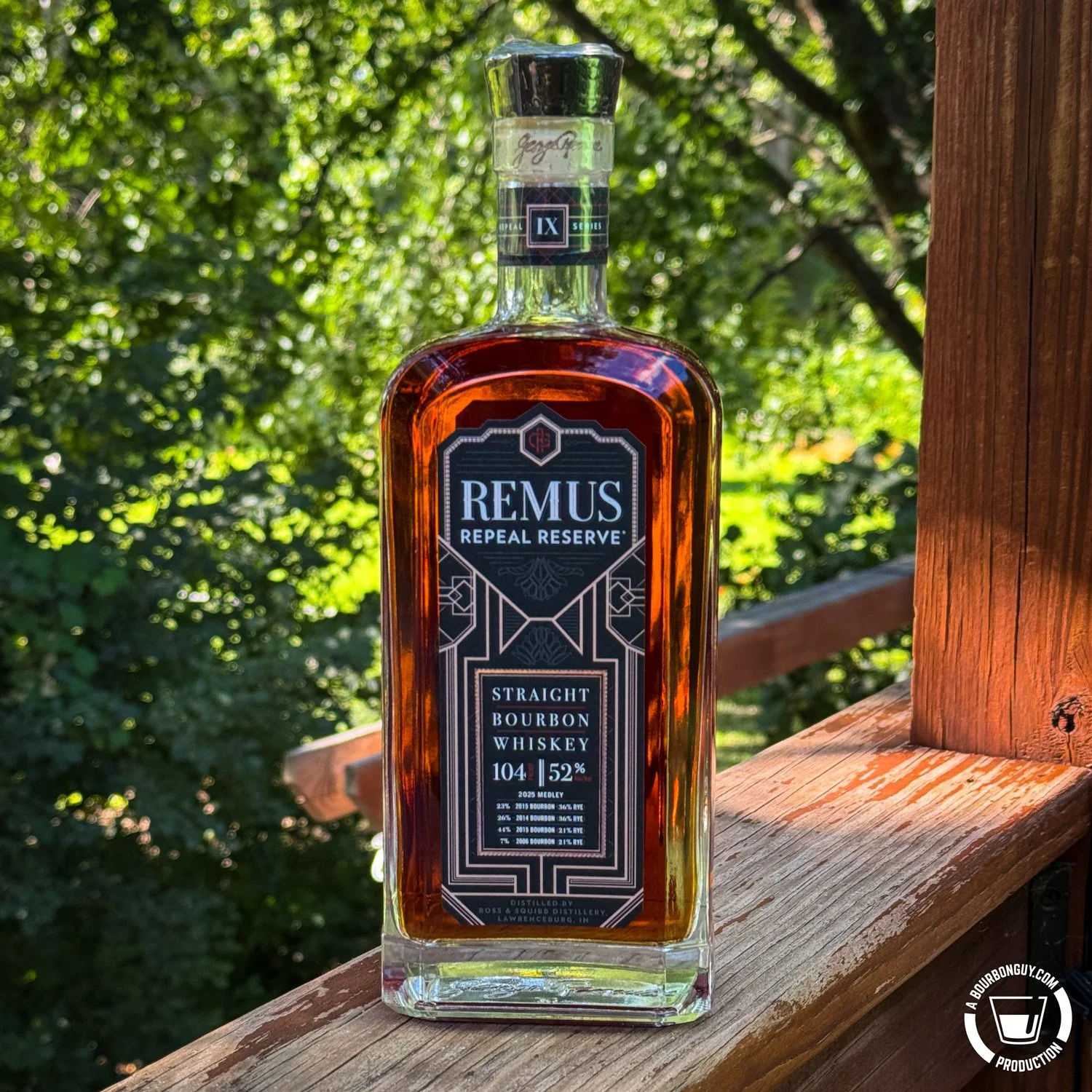I’d like to thank Ross & Squibb and their entire PR team for providing this with no strings attached.
Seventy-second Congress of the United States of America;
At the Second Session,
Begun and held at the City of Washington on Monday, the fifth
day of December, one thousand nine hundred and thirty-three
--
JOINT RESOLUTION
Proposing an amendment to the Constitution of the United States.
--
Resolved by the Senate and House of Representatives of the United States of America in Congress assembled (two-thirds of each House concurring therein), That the following article is hereby proposed as an amendment to the Constitution of the United States, which shall be valid to all intents and purposes as part of the Constitution when ratified by conventions in three-fourths of the several States:
"Article —
"SECTION 1. The eighteenth article of amendment to the Constitution of the United States is hereby repealed.
"SECTION 2. The transportation or importation into any State, Territory, or possession of the United States for delivery or use therein of intoxicating liquors, in violation of the laws thereof, is hereby prohibited.
"SECTION 3. This article shall be inoperative unless it shall have been ratified as an amendment to the Constitution by conventions in the several States, as provided in the Constitution, within seven years from the date of the submission hereof to the States by the Congress."
And so, just shy of 92 years ago, the 18th Amendment to the United States Constitution—and National Prohibition—was repealed. All in all, it’s a short piece of law. The introduction is longer than the amendment itself. What it lacked in size, it made up for in consequence. First and foremost, it allowed the Federal Government to get out of the way of a citizen's ability to have a drink. There were, of course, other consequences. The one most pertinent to tonight's post is that it also allowed the murderous scofflaws and bootleggers of the Prohibition era to fade into the sort of romanticized characters that only the distance of time can allow—people such as George Remus: pharmacist, bootlegger, lawyer, and murderer.
Remus was a pharmacist turned Chicago criminal defense lawyer. In Daniel Okrent's book Last Call: The Rise and Fall of Prohibition, Remus is described as having an inside look at the workings of Prohibition and the immense profits to be made outside the law. His plan was far more sophisticated than a smash-and-grab. He ended up buying both distillery stocks and brands (including names like Fleischmann's and Jack Daniel's), as well as a pharmacy where he could sell those stocks as medicinal products.
He would legally withdraw bourbon from bonded warehouses, but on the way to his pharmacy, the trucks would sometimes be “hijacked.” Of course, they were hijacked by his own men. Why would he divert the booze into an illegal market when he could profit from both the sale of liquor to his pharmacy and to the public? Well, that's pretty easy when you think of why he got into it in the first place. The profits are higher on the black market since there are no taxes to be paid on it.
On May 17, 1922, The New York Times reported that Remus was charged with conspiring to violate Prohibition laws. He and 13 others were sentenced to the Atlanta penitentiary for terms ranging from a year and a day to two years, depending on the defendant. Okrent notes that Remus’s cell was posh—decorated with flowers, where he was even waited on by servants. During his time behind bars, his wife took up with another man, and together they burned through the fortune he had accumulated. (Some stories claim this man was the agent who put Remus behind bars; others say he was an undercover agent in the prison who learned of Remus’s wealth and took advantage of the situation.)
In either case, newspaper reports state that his wife’s affair drove him temporarily insane—long enough that he had his chauffeur chase down the car she was riding in so he could shoot her in front of her daughter from a previous marriage. Even in the earliest trial reports, though, there’s an undercurrent suggesting what truly enraged him was the loss of his money. For this crime, he was committed to an insane asylum for a very short time (about three weeks) before he “proved” he was sane and was released.
After that, he lived in Cincinnati for the rest of his life and, as far as I can tell, stayed on the right side of the law. Today, he gets mentioned in discussions of Prohibition but is otherwise mostly forgotten—aside from having a bourbon brand named after him. People love to celebrate that time period. Although maybe he’s not the type of person who should have been celebrated.
The bourbon, though, is well worth celebrating—especially the yearly Remus Repeal Reserve. So let’s talk about this year’s release, shall we? Series IX is bottled at 104 proof, the highest yet for one of these editions. As always, it’s a blend of mashbills and ages: 7% 18-year-old MGP 21% rye bourbon, 26% 11-year-old MGP 36% rye bourbon, 23% 10-year-old MGP 36% rye bourbon, and 44% 10-year-old MGP 21% rye bourbon.
So let’s see how it tastes.
Remus Repeal Reserve Series IX
Purchase Info: This bottle was sent at no charge for review purposes. The suggested retail price is $99.99 for a 750 mL bottle.
Price per Drink (50 mL): $6.67
Details: A blend of 18-year-old MGP 21% rye bourbon (7%), 11-year-old MGP 36% rye bourbon (26%), 10-year-old MGP 36% rye bourbon (23%), and 10-year-old MGP 21% rye bourbon (44%). 52% ABV.
Nose: Oak, stone fruit, cotton candy, vanilla, almond, and a hint of baking spice underneath.
Mouth: Spicy and sweet with a good bit of oak. Notes of vanilla, caramel, baking spice, almond, stone fruit, and oak.
Finish: Medium in length and warmth with notes of oak, baking spice, and a touch of almond.
Thoughts: Another delicious release in a long line of delicious Remus Repeal Reserve releases. I'm really digging the rich and thick mouthfeel. There is a lot of oak throughout, but not so much that it is overwhelming. The baking spice and vanilla give it a" classic bourbon" flavor profile that the stone fruit elevates. All in all, I will be buying this if and when I see it, so I think it is safe to say I like it.
If you want to support our work at BourbonGuy.com, please consider a one-time donation at ko-fi.com/bourbonguy or paypal.me/BourbonGuy. Or you could buy some merch that I’ve designed and/or built (tasting journals, t-shirts, stickers, pins, signs, posters, and more) at BourbonGuyGifts.com. Use code BOURBONGUYREADER at checkout for 5% off any order of $50 or more.















